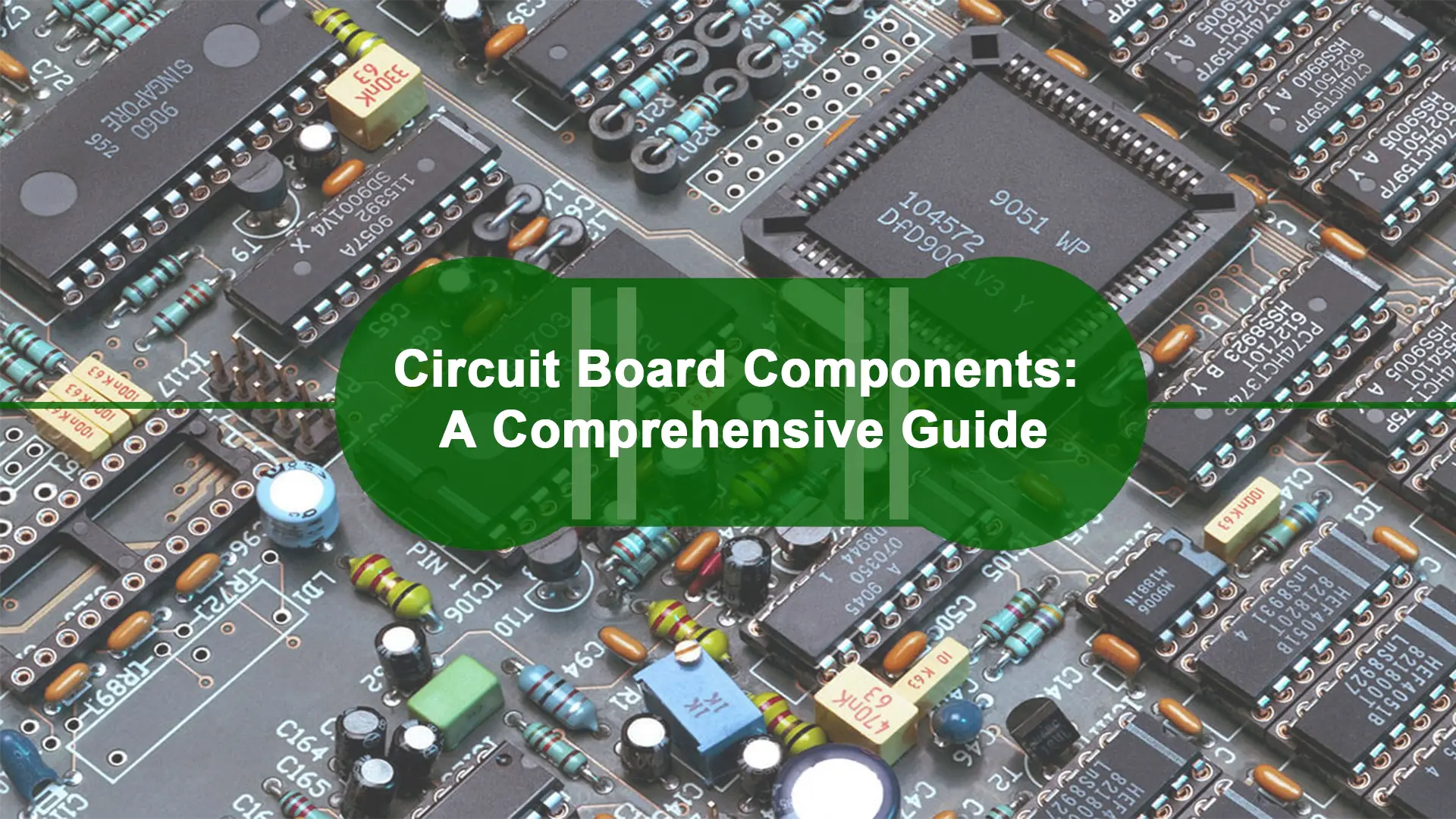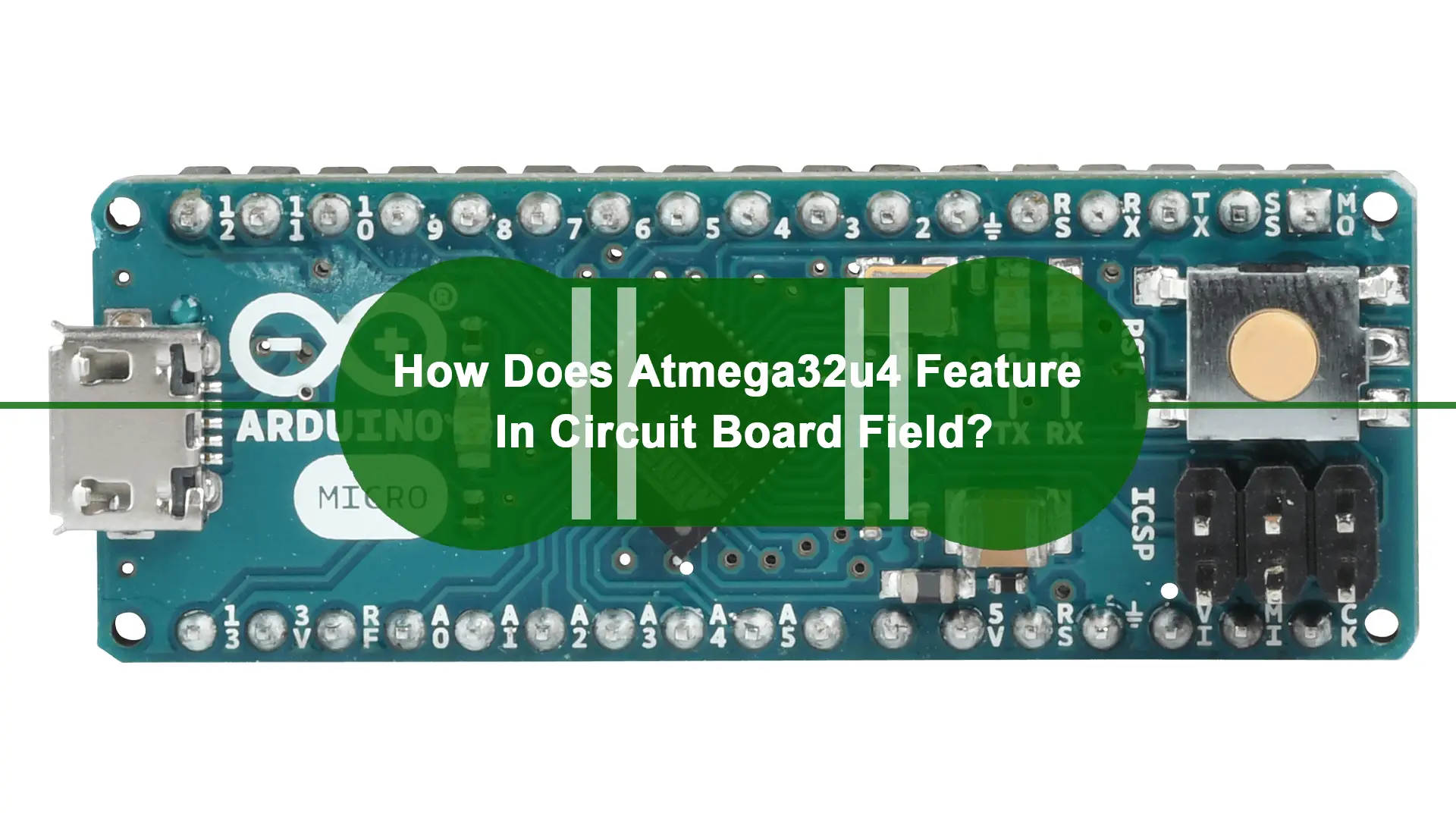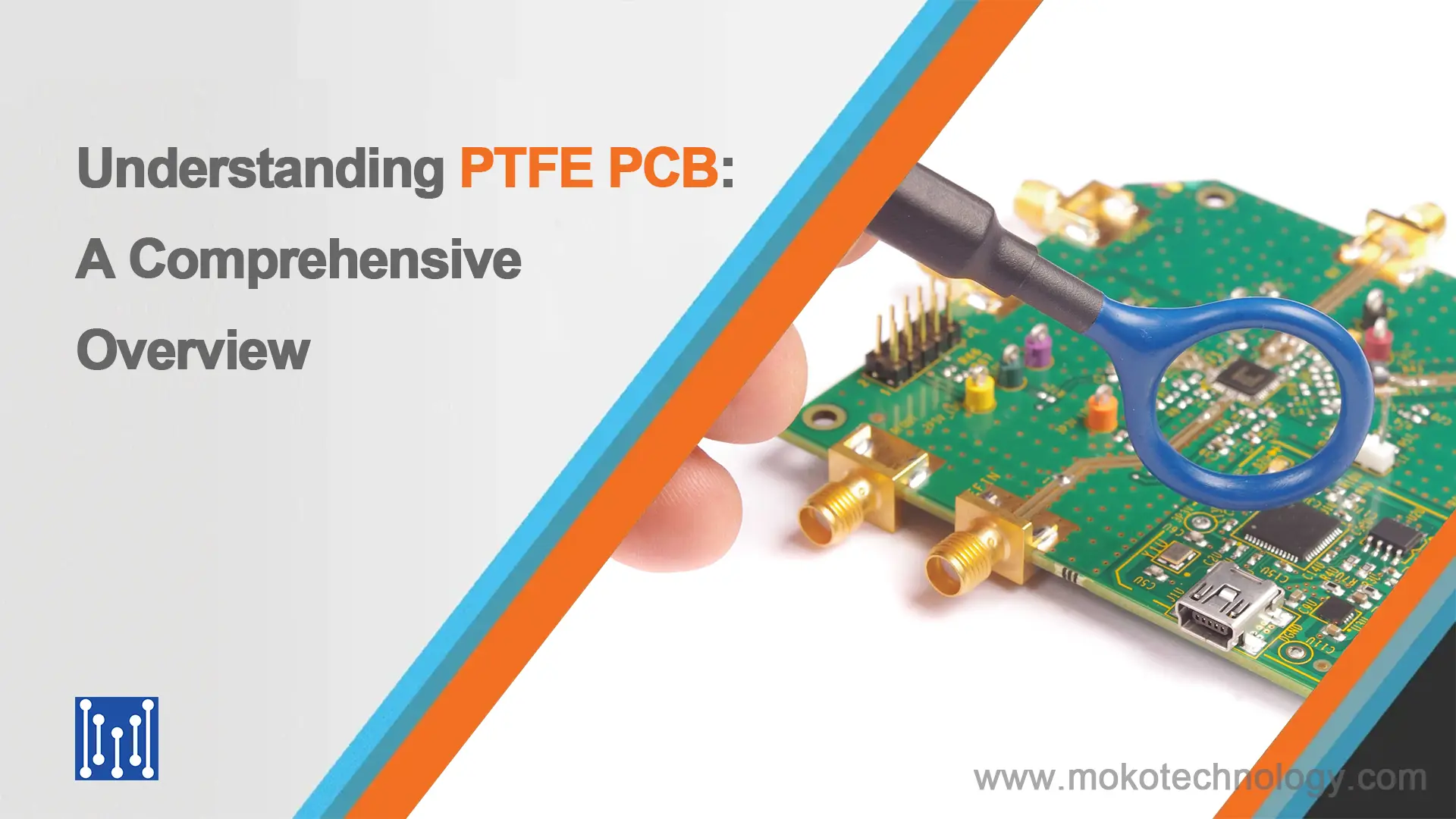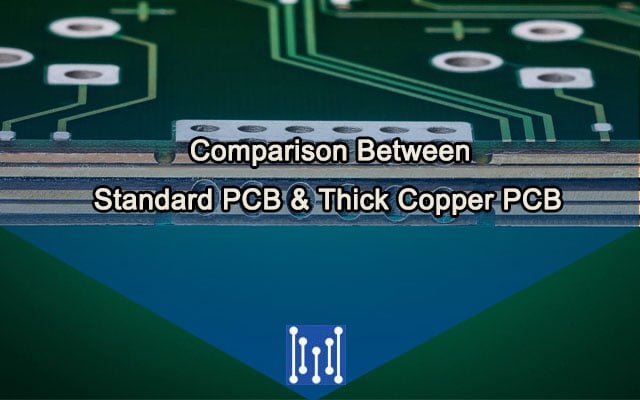PCB boards are the foundation of electronic devices, providing mechanical support and electrical connections for components. While the board itself is important, it is the components soldered to the PCB that give it functionality. When designing and building circuits, it’s crucial to understand the various types of components available and their roles. This guide provides an overview of common circuit board components, their functions, and tips for arranging them on the board. Let’s dive right in.
List of Common PCB Components
-
Resistors
Resistors are the quintessential components of electronic circuits. By converting electrical energy to heat, they oppose current flow and control voltage levels. Different resistor types, from fixed to variable, allow tailored resistance for biasing transistors or dividing voltages.
-
Capacitors
Capacitors act as energy reservoirs, storing charge electrostatically between two plates separated by an insulator. This capacity for charge storage makes capacitors essential for smoothing power supplies, filtering signals, and sustaining voltage in analog circuits. Diverse capacitor varieties suit the specific timing and storage needs of circuits.
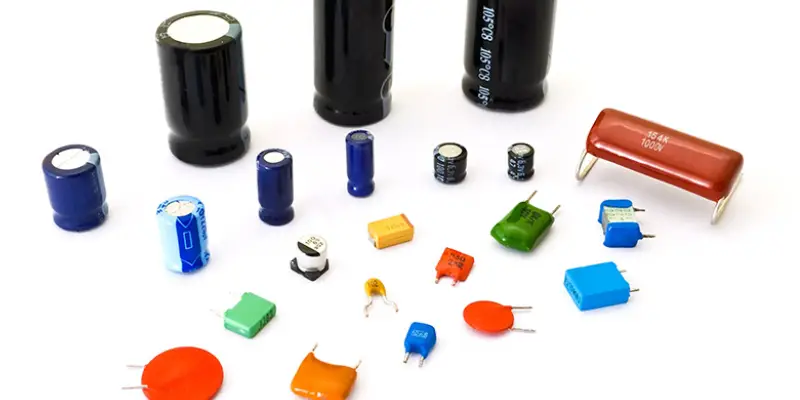
-
Inductors
Coiled wires called inductors leverage magnetic fields to store energy, thereby resisting changes in current flow. This inductance helps inductors play critical roles in filters, oscillators, and other applications where managing current and magnetic fields matters. Inductors come in assorted flavors, each offering distinct inductance characteristics.
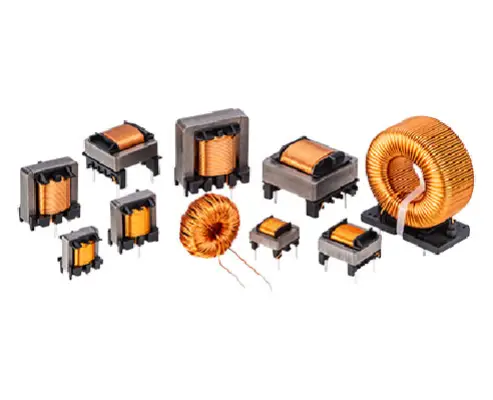
-
Diodes
Diodes usher current in one direction while blocking it in the other, a handy rectification feature. This directional selectivity suits diodes well for converting AC to DC, regulating voltage, and demodulating signals. They also protect against reverse voltages, safeguarding sensitive components. Various diode types align with specific functions.
-
Transistors
Transistors, those semiconductor workhorses, amplify, switch, and control the flow of signals and power, cementing their status as the backbone of electronics. Whether using bipolar or field-effect designs, their ability to manipulate current enables precise signal handling for applications from microprocessors to audio devices.
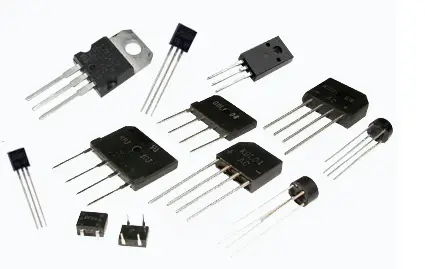
-
Integrated Circuits
Integrated circuits (IC) amalgamate interconnected components like transistors and resistors into singular chips. This condensation allows remarkable complexity, powering everything from microcontrollers to analog circuits to memory. Their compact design enhances performance across intricate electronic systems.
-
PCB Transformers
PCB transformers transfer power between circuits through electromagnetic induction. They function like standard transformers by converting the voltage up or down while isolating the input and output. This provides regulated current flow and increased isolation compared to resistors. The transformed voltage enables efficient power transfer between circuits on a PCB without passing noise or interference.
-
Switches
Switches are ubiquitous components in PCB design and everyday devices. They control the flow of current in a circuit by opening or closing the path. Switches enable users to easily turn the power on and off with the flip of a button. On PCBs, switches route signals and power between different parts of a circuit. Engineers use them to build interactivity and control into their designs.
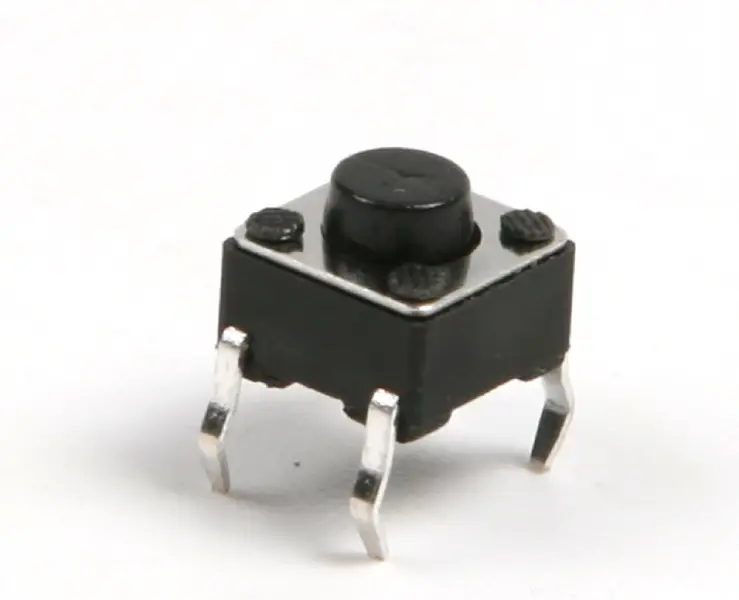
-
Voltage Regulator
Voltage regulators maintain stable voltage levels despite fluctuating inputs or loads. This steadfastness prevents damage from spikes and drops, enabling reliable operation of sensitive components across devices like power supplies and microcontrollers.
-
Silicon-Controlled Rectifier (SCR)
Silicon-controlled rectifiers (SCRs) are semiconductor switches related to transistors. They contain four silicon layers and turn on when a small gate pulse triggers conduction from cathode to anode. Once activated, SCRs stay on until the current drops low enough. This latching behavior enables SCRs to switch high voltages and currents, unlike transistors. On PCBs, SCRs provide controlled power switching for motors, heaters, and power supplies.
-
Crystal Oscillator
Crystal oscillators leverage quartz to produce precise, stable clock signals that synchronize digital circuits. Their consistency enables reliable timing for microcontrollers, data transmission, and other timing-critical applications.
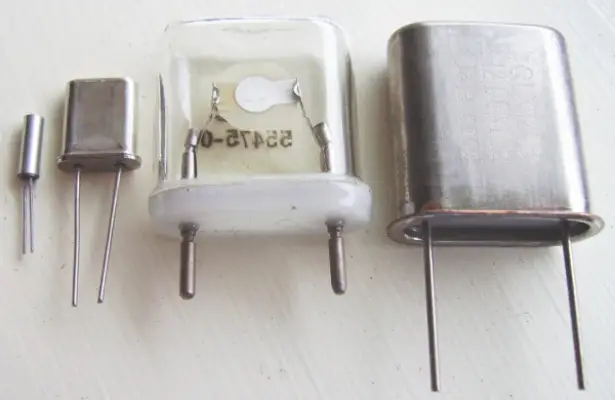
-
LED (Light-Emitting Diode)
LEDs emit light when energized, making them highly visible indicators and lighting sources. Durable and efficient, they illuminate displays, status indicators, and decorative lighting in myriad colors.
Circuit Board Components Identification
Identifying the electronic components on a circuit board is important during the designing, assembling, deployment, and troubleshooting stages of the PCB production process. But identifying circuit board components can be a bit challenging, especially for beginners. Here are some steps and tips to help you identify circuit board components:
Component Markings: Many components have markings on them that indicate their value, rating, or type. These markings can be alphanumeric codes, color bands, or symbols. Use datasheets, online resources, or component identification guides to decipher these markings.
Reference Designators: PCBs often have reference designators (e.g., R1, C2, U3) printed near each component. These labels help you identify the type and location of the component on the board. Cross-reference these designators with a component’s datasheet or schematic.
Visual Inspection: Look closely at the component’s physical characteristics, such as shape, size, color, and number of leads. Differentiate between resistors, capacitors, transistors, diodes, and other components based on these visual cues.
Color Codes: Some components, like resistors and capacitors, use color codes to indicate their values. Use online color code calculators or reference charts to interpret the color bands accurately.
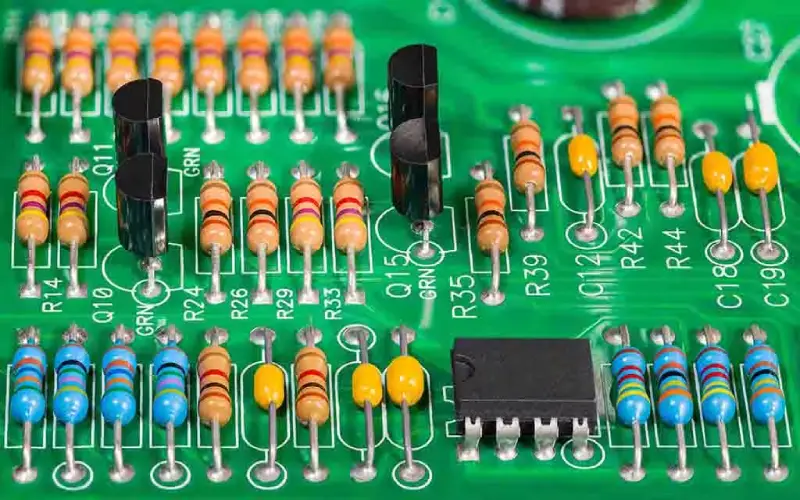
Datasheets and Schematics: Datasheets provide detailed information about a component’s specifications, characteristics, and pinouts. Schematics show how components are connected in a circuit. Compare the physical appearance of a component to its datasheet or schematic representation.
How to Place Circuit Board Components?
Properly situating components on the PCB is of utmost importance, preventing potential issues that might undermine the board’s manufacturability, functionality, lifespan, and maintenance. The following steps and suggestions are here to guide you in accurately positioning components on the circuit board:
- Refer to the Schematic
Always start with a well-drawn schematic of your circuit. The schematic shows the connections between components and their orientations. Use the schematic as a reference to ensure that you place components in the correct locations and orientations.
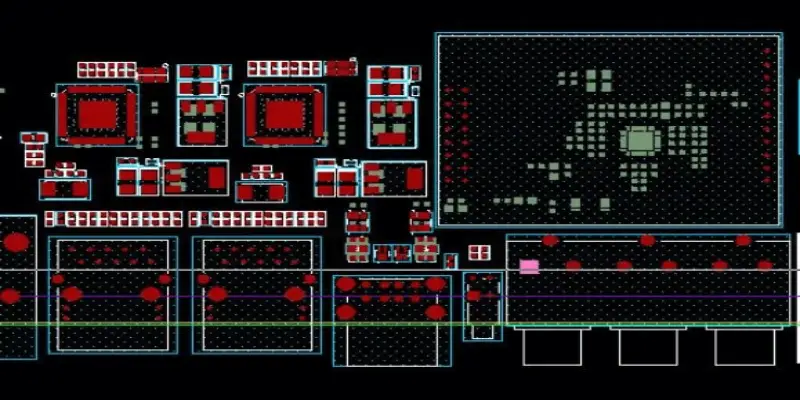
- Organize Components
Before you start placing components, organize them by type. Group similar components together, such as resistors, capacitors, ICs, connectors, etc. This makes the placement process more efficient.
- Keep Signal Paths Short
Minimize the length of signal paths between components, especially for high-frequency or sensitive signals. Shorter traces reduce the risk of noise, interference, and signal degradation.
- Consider Heat Dissipation
Components that generate heat, such as voltage regulators or power transistors, should be placed with consideration for heat dissipation. Leave enough space around them for proper ventilation and cooling.
- Component Orientation
Ensure that components are placed with the correct orientation. Polarity-sensitive components like diodes, electrolytic capacitors, and ICs must be placed in the right way to function properly.
- Symmetry and Balance
Strive for symmetry and balance in component placement. This can help improve overall circuit performance and aesthetics. It’s particularly important for high-speed digital circuits.
- Follow Design Rules
Many PCB design software tools have design rule checks (DRCs) that help you adhere to layout guidelines. Set up DRCs to check for clearance, trace width, and other design rules specific to your project.
- Avoid Overcrowding
Avoid overcrowding components, especially near high-density areas or critical components. Leave enough space between components to allow for traces, soldering, and proper airflow.
- Signal Integrity
Strategic component placement plays a pivotal role in mitigating signal interference and preserving signal integrity. The meticulous arrangement is essential for critical components, particularly those susceptible to noise or high-frequency signals, as precise positioning effectively minimizes signal degradation and crosstalk concerns.
- Trace Routing
Achieving optimal PCB trace routing is imperative to mitigate signal interference and impedance discrepancies. The layout must prioritize concise, direct pathways for high-speed signals while minimizing instances of intersecting routes or keeping traces at a safe distance from disruptive elements like noisy components or power lines.
Factors to Consider When Choosing PCB Components
Selecting the right components is crucial when designing printed circuit boards, as they determine the board’s functionality and performance. Below we list key factors to consider to help you make the right choice:
- Defining Circuit Functionality
Clearly delineate the intended purpose of your circuit and pinpoint the specific components essential for achieving it. Account for necessary inputs, outputs, signal manipulation, and any specialized attributes required.
- Component Specifications Analysis
Thoroughly examine component datasheets to comprehend their attributes. Assess aspects like current and voltage ratings, frequency responsiveness, temperature tolerance, and other pertinent characteristics aligned with your circuit’s demands.
- Emphasizing Quality and Dependability
Opt for components crafted by renowned manufacturers recognized for their superior quality and unwavering reliability. The selection of dependable components guarantees enduring performance and mitigates the likelihood of untimely malfunctions.
- Size and Form Factor Consideration
Deliberate on the available real estate on the PCB board and cherry-pick components that harmonize with the designated space. Prioritize considerations like physical dimensions, pin spacing, and packaging type to ensure seamless integration within your PCB layout.
- Power Demands Assessment
Scrutinize the power prerequisites of your circuit and integrate components proficient in accommodating the requisite voltage and current thresholds. Delve into power dissipation, thermal control, and any obligatory power regulation or conditioning.
- Environmental Factors Evaluation
Gauge the operational environment where your circuit will operate. Variables such as temperature, vibration, humidity, and exposure to chemicals or hazards can impact component viability. Opt for components with compatibility under your intended environmental circumstances.
- Availability and Cost Assessment
Verify the accessibility of components through suppliers and distributors. Strike a balance between cost, quality, and functionality. Navigate any budgetary confines or potential long-term cost implications.
- Compatibility and Integration Study
Confirm the chosen components align seamlessly with the broader circuit and interconnected devices. Thoroughly examine aspects such as voltage levels, pin congruence, communication protocols, and any requisite interface circuitry.
- Support and Documentation Availability
Ensure the presence of comprehensive technical documentation, datasheets, application notes, and reference designs to streamline component assimilation and aid in troubleshooting.
- Future-Proofing for Expansion
Foresee potential future requirements for your circuit. Opt for components that allow room for expansion or upgrades, particularly if you anticipate future demands for added features or enhanced functionality.
Conclusion
Proper selection and placement of components allow each component to play its role and work together to create a coordinated electrical system. If you do PCB design, you must pay attention to these components and make sure they fit in place accordingly. As PCB specialists, MOKO Technology excels at crafting viable PCB layouts while coordinating the precise positioning of components. We have been providing PCB layout design service for 17 years and have in-depth knowledge of different PCB component categories. If you still have questions about PCB components, please contact us.
